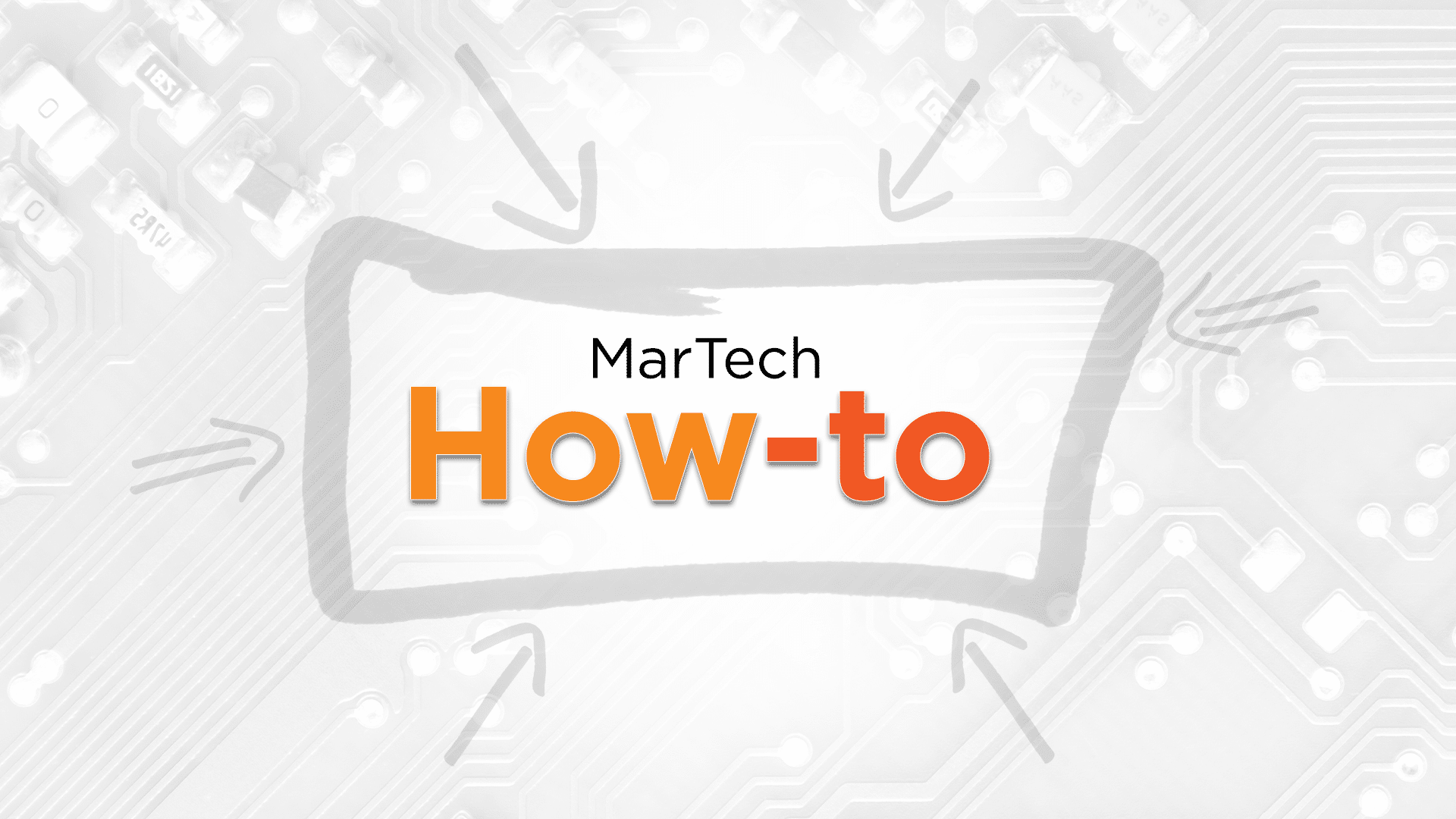The Downfall of B2B Marketing: The Impact of the Salesforce Lead Object and Strategies for Recovery

B2B Marketing and Sales: Bridging the Gap
B2B marketing and sales have historically faced challenges in working together harmoniously. Sales teams often complain about the quality of leads they receive, while marketers question sales’ effectiveness in follow-up. The root of this issue lies in the structural limitations of CRM systems.
One CRM system that stands out in this disconnect is Salesforce, the leading CRM in the B2B industry.
The Lead Object, a central feature of Salesforce’s design, is a major source of confusion and does not align with the complex nature of B2B buying decisions.
In B2B, purchases are made at the account level, involving multiple stakeholders across an organization. However, marketers are typically tasked with generating individual leads to meet quotas, leading to inefficiencies and missed opportunities.
The problem lies not in the technology itself but in the mindset of organizations.
Many marketing strategies focus on influencing individuals rather than building relationships across entire organizations. Similarly, sales teams often lack visibility into overall account engagement, resulting in them pursuing the wrong leads provided by marketing. This cycle perpetuates the divide between marketing and sales.
The Lead Object: A Source of Friction
The Lead Object within Salesforce is outdated and ineffective for B2B marketing and sales. While it may have worked for simpler, transactional sales processes in the past, it now creates more problems than it solves.
Let’s examine why the Lead Object falls short through the lens of your operations team:
Once a Lead Converts to a Contact, It’s Final
The inability to revert a Lead back to a Contact highlights the unnecessary and impractical nature of the Lead Object. This one-way transition raises questions about its utility.
Ignoring Multi-Stakeholder Buying
In B2B deals, decisions are rarely made by a single individual. Buying committees with various roles and perspectives are common. Focusing solely on individual leads overlooks the collaborative nature of decision-making processes within organizations.
Embracing Account-Level Thinking
B2B purchases are complex and involve multiple decision-makers within an organization. Transitioning from individual lead-centric approaches to account-level strategies can lead to more effective outcomes.
Track Engagement at the Account Level
Monitoring all interactions at the account level provides a comprehensive view of engagement. This holistic approach enables organizations to tailor their strategies based on the broader context of the organization.
Understand Stakeholder Relationships
Identifying key stakeholders and their roles in the buying process is crucial for developing targeted strategies. Anticipating the actions of different stakeholders can enhance decision-making and relationship-building efforts.
Integrate Marketing and Sales Communication
Aligning marketing and sales communication as a unified strategy can enhance collaboration and drive better outcomes. Coordinated efforts across departments can lead to more effective engagement with stakeholders.
Simplify Your Approach
Organizations should focus on the collective account rather than individual leads. By aligning marketing and sales efforts and treating communication as a cohesive motion, companies can improve their chances of success in B2B sales.
The account should be viewed as the lead, shifting the focus from individual leads to comprehensive account strategies. This shift in perspective can lead to more strategic and successful outcomes.
When CRM systems support this approach, they become valuable tools for achieving alignment and driving results.
Frequently Asked Questions
1. Why is the Lead Object in Salesforce problematic for B2B marketing?
The Lead Object in Salesforce does not align with the complex nature of B2B buying decisions, focusing on individual leads rather than account-level engagement.
2. How does the Lead Object overlook multi-stakeholder buying in B2B?
By emphasizing individual leads, the Lead Object fails to account for the collaborative nature of decision-making within organizations, where multiple stakeholders influence purchasing decisions.
3. Why should organizations shift to account-level thinking in B2B sales?
Transitioning to account-level strategies allows organizations to engage with multiple stakeholders and tailor their approach based on the broader context of the organization, leading to more effective outcomes.
4. How can organizations simplify their approach to B2B marketing and sales?
By treating communication as a cohesive motion, focusing on accounts rather than individuals, and aligning marketing and sales efforts, organizations can streamline their processes and improve results.
5. What benefits can organizations expect from embracing account-level thinking in B2B sales?
Embracing account-level thinking enables organizations to build stronger relationships across stakeholders, anticipate decision-making processes, and align marketing and sales efforts for more strategic and successful outcomes.
Contributing authors are invited to create content for MarTech and are chosen for their expertise and contribution to the martech community. Our contributors work under the oversight of the editorial staff and contributions are checked for quality and relevance to our readers. The opinions they express are their own.

